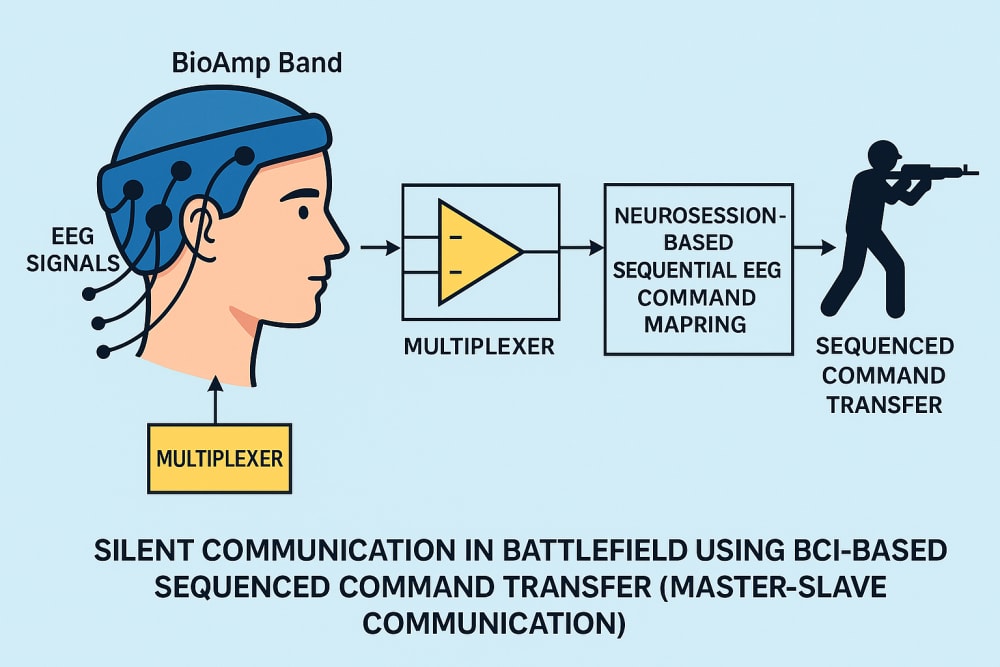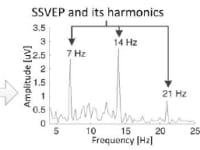Our Focus:
Current communication systems for paralyzed individuals primarily rely on assistive technologies such as eye-tracking devices, speech-generating systems, and muscle-based switches. These tools require some residual physical ability and often suffer from slow response times and limited vocabulary. In battlefield communication, soldiers typically rely on radio-based voice transmission or hand signals. While effective in many cases, these methods are vulnerable to noise, visibility issues, and interception.
What can be done with our Tech:
Recent advancements in Brain-Computer Interface (BCI) technology have opened new possibilities by enabling direct communication between the brain and external devices. Non-invasive BCIs, particularly those based on electroencephalography (EEG), can capture brain signals and interpret them using machine learning algorithms. These signals are translated into control commands, allowing users to interact with computers or devices without physical movement.
Whats Existing:
Existing BCI-based systems include spellers like the P300 speller, motor imagery systems for wheelchair or robotic control, and SSVEP-based interfaces. However, most are limited to clinical or research environments, with bulky hardware, high cost, and low real-time performance. Moreover, there is limited integration of such systems into critical areas like defence communication or mobile, low-cost solutions for individuals with complete paralysis. Our project aims to bridge these gaps with a portable, command-based silent communication platform.
Our Proposal
The proposed methodology, termed Neuro-SEQ (NeuroSession-Based Sequential EEG Command Mapping), introduces a structured approach to train and capture neural signals associated with specific commands. Unlike traditional BCI systems that rely on spontaneous signal interpretation, Neuro-SEQ focuses on guided command visualization sessions, where the user is trained to focus on a command mentally. During each session, the subject is asked to visualize or mentally rehearse specific actions or words, enhancing the consistency and accuracy of brain signal patterns.
Whats the plan:
The EEG signals are captured through a 6-channel BioAmp Band, fed into a multiplexer (MUX), which sequentially switches between electrodes under the control of a microcontroller. Each selected signal is passed through an instrumentation amplifier (INA114) for clean amplification, then through a low-pass filter optimized for EEG frequency bands. The filtered analog signal is digitized using an ADC module and sent to a computer for further processing.
Further Technical Detailings:
For signal classification, the system uses a combination of Convolutional Neural Networks (CNN) for spatial feature extraction and Long Short-Term Memory (LSTM) networks for temporal sequence learning. This combination allows the model to effectively recognize and differentiate between multiple mental command patterns. Traditional classifiers like SVM and LDA are also tested for real-time, low-power use cases. The Neuro-SEQ approach provides high accuracy, efficient learning, and adaptability in both military and assistive communication applications.
Like this entry?
-
About the Entrant
- Name:Sureshkumar J
- Type of entry:teamTeam members:
- SURESHKUMAR J
- KALPANA M
- PRASANNA S
- ATHIYAMAN G
- Software used for this entry:yes
- Patent status:none









